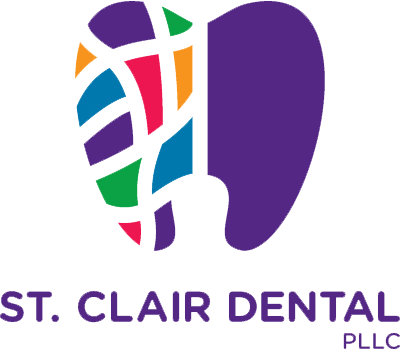For many families, cavity prevention can be one of the most proactive choices for their children’s health. Often, sugary foods are the main culprit of cavity development. Luckily, thanks to parents and healthcare professionals’ care and diligence, the percentage of children’s cavities across the United States has been decreasing! Today, only 16% of children between ages 5 and 19 have untreated cavities, according to the CDC. This statistic presents fantastic news for many families and dentists concerned about cavity development within families. However, even while that percentage decreases, our quality of care aims to look at all factors that measure cavities’ development. Cavity development can sometimes be a prevalent problem among families, even when good oral habits are encouraged at home. For some, it isn’t the family, but rather the home, that could be the problem.
The Presence of Black Mold and Tooth Decay
Black mold is an unusual culprit, but it’s one that continues to be looked into as many homes across the U.S. are affected by this toxic spore. The consensus surrounding cavities is that cavities are caused by bacteria’s development along with the tooth’s enamel. Because bacteria love moist, warm environments and sugary diets often contribute to bacterial growth; it causes the enamel to wear down and decay to form. But, if you’ve been finding that your children have been keeping up with their oral hygiene, then black mold may also be a potential cause.
To summarize, here are some facts that we know about black mold, according to FEMA:
- Black mold is just one out of 300,000 species of fungi that often develop in homes. These fungi often cause respiratory and nasal problems because of mycotoxins or spores’ release, which lands and spread everywhere throughout homes. They particularly develop within moist environments, typically inside insulation along walls, in attics, and basements.
- When these spores spread, they often travel through the nasal passages and into the lungs. The spores, due to their porous nature, get caught in these passages and irritate the sinuses. Some common symptoms of black mold infestations include coughing, sneezing fits, skin rashes, headaches, and wheezing.
- Long-term coughing and sneezing fits can lead to dry mouth, which significantly decreases saliva production. Saliva is a crucial aspect of dental health as it washes away bacteria and keeps the teeth clean. It helps the body remove the buildup of bacteria and the teeth and gums, creating a higher chance of developing cavities.
Preventing Black Mold For Your Oral Health
Even while the association between black mold and cavity development needs more research to reaffirm this occurrence, black mold can still be dangerous to your overall health, not just your oral health. We highly recommend following the FEMA guidelines on ridding your home of mold and scheduling an appointment with your dentist. Our clinic can help assess many of your family’s oral health problems and treat them effectively, and help your family recover from the effects of black mold.

